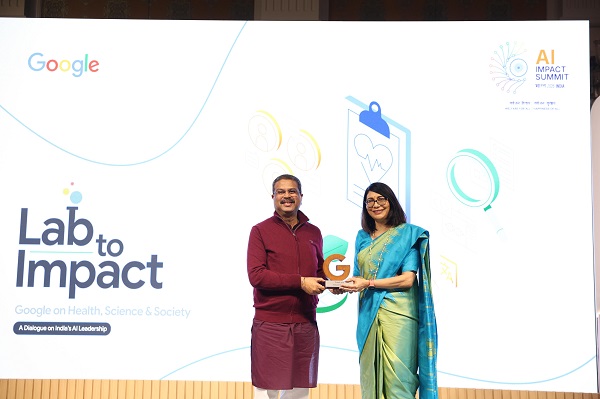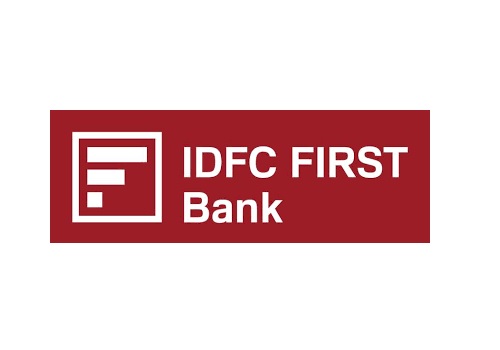Banking Sector Update : Pricing versus opportunity to grow by Kotak Institutional Equities

Pricing versus opportunity to grow
The RBI’s recent data (4QFY25) on housing loan growth (~10% yoy) put public banks at about 15% yoy and private banks at about 5% yoy. There is a combination of factors that includes weaker demand barring large ticket loans, pricing pressure (structure of the loan book, which is EBLR-linked) and competition (public banks offering lower interest rates) driving the differential in loan growth. We still do not see asset-quality concerns driving this weakness, and hence, would prefer to remain positive on the space.
Weakness in growth led by private banks
The RBI’s recent data on housing loans shows the following: (1) Loan growth of 10% yoy (Exhibit 1), led by ~5% volume growth and ~5% yoy growth in average ticket size (Exhibit 2). (2) The share of public and private banks is similar at ~50% (Exhibit 3). However, we have seen a slowdown compared to prior-period performance for private banks (~5% yoy growth) compared to public banks (~15% yoy growth). (3) About 80% of the housing loans are in the Rs1-10 mn ticket size by value (Exhibit 4-6), with faster growth in higher ticket-size loans. (4) Top 7 states contribute to ~70% of the overall housing loans, with Maharashtra contributing 30% of the overall loans (Exhibit 10). Overall, there are stable trends on most operating metrics.
Picking from the conversations: slow demand, pricing and competition pressure
Discussions with industry players suggest the following. Private banks have been slow because (1) the two leading banks, HDFC Bank and Axis Bank, have been focused on improving margins over growth. (2) There is a greater preference to grow LAP over housing loan, given the margin differential for the same level of risk. (3) In a softening rate environment (especially in the early part of the rate cycle), EBLR-linked loans re-price faster, and hence, the book is less profitable, making it challenging to grow. The differential between public banks and private banks is reasonably wide, making it relatively easier for public banks to operate. However, this is more cyclical than structural, and hence less worrisome at this stage. (4) Asset quality continues to hold up well. Lenders have generally chosen to cut back on the riskier part of the loan book in recent years as they tightened their credit filters. We remain less worried about this portfolio on this issue. Collateral prices are still high compared to loan values at an aggregate level, which implies that the ability to liquidate and leverage the excess equity in the collateral would keep credit costs lower in the medium term.
Affordability signals look comfortable
We look at the housing loan market from three broad perspectives to measure affordability. Housing loan interest rates are turning favorable. Income levels are still holding up reasonably well when we look at the tax collection data. Overall housing prices still look comfortable. We would probably see lenders getting a bit more comfortable once there is greater visibility of the profitability of these loans and ready to take a bit more risk than before.
Above views are of the author and not of the website kindly read disclaimer










More News

Utilities & Power Equipment : 10 POWER points; A weekly roundup on power & utilities #30/FY2...













